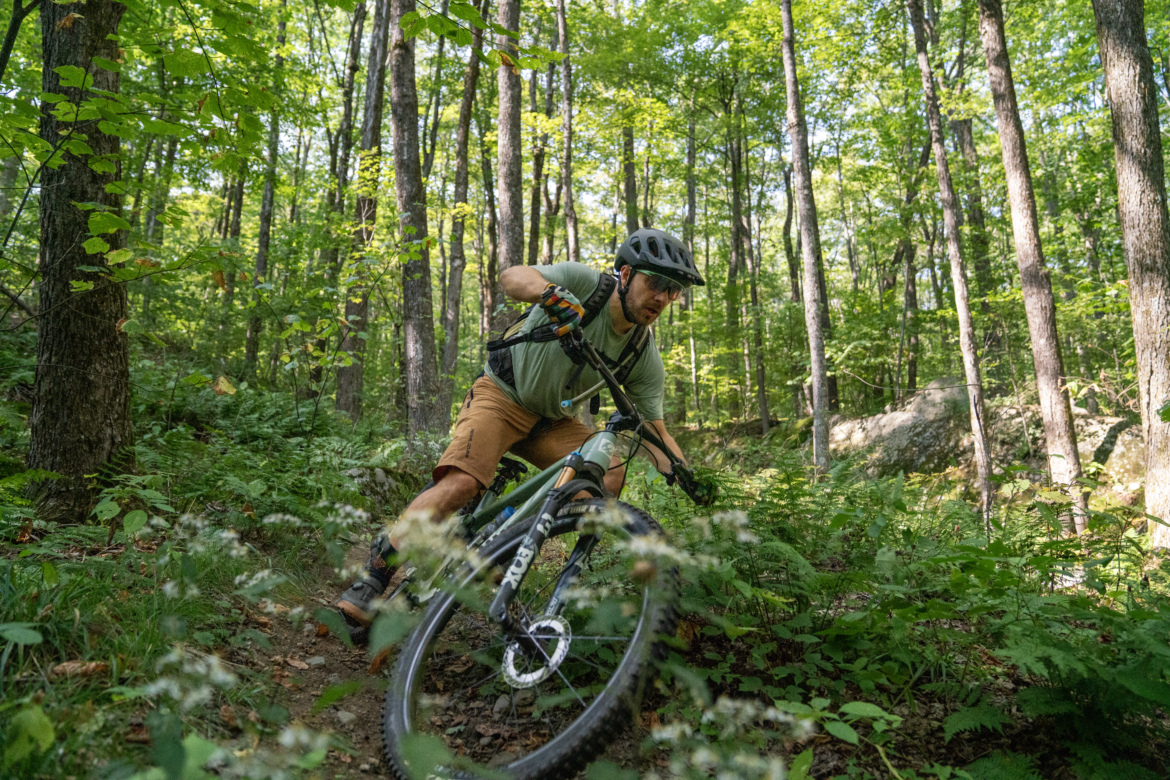
Most modern trail development in Vermont involves building dense, mountain bike-specific trail systems near one of the state’s numerous tiny hamlets. These trail networks often boast manicured flow trails crafted from the region’s dark black dirt, as well as the occasional technical test piece to keep things spicy.
But one area is bucking the trend: the Moosalamoo.
Instead of dense, manicured trails, the Moosalamoo is a historic backcountry area that boasts some of the most remote trails in Vermont. The rugged routes climb steep-sided ridges and overlook crystal-clear lakes in an area of the Green Mountain National Forest protected by the Moosalamoo National Recreation Area. The NRA gets its name from the highest mountain in the region, which also boasts a bike-legal trail to the top.
While mountain bikers have been challenging themselves on the Moosalamoo’s historic hiking trails for decades, local riders realized that to make the trails rideable, they’d need serious work. The Addison County Bike Club (ACBC) began working with the US Forest Service (USFS) to secure approval for trail improvements in the region, dating back to the late aughts. Their first project was rebuilding the Chandler Ridge trail in 2009 to make it more mountain bike friendly. Then, the Oak Ridge and Moosalamoo Mountain trails were converted to make them more rideable about five years ago, while still preserving the technical flavor and not turning them into flow trails.
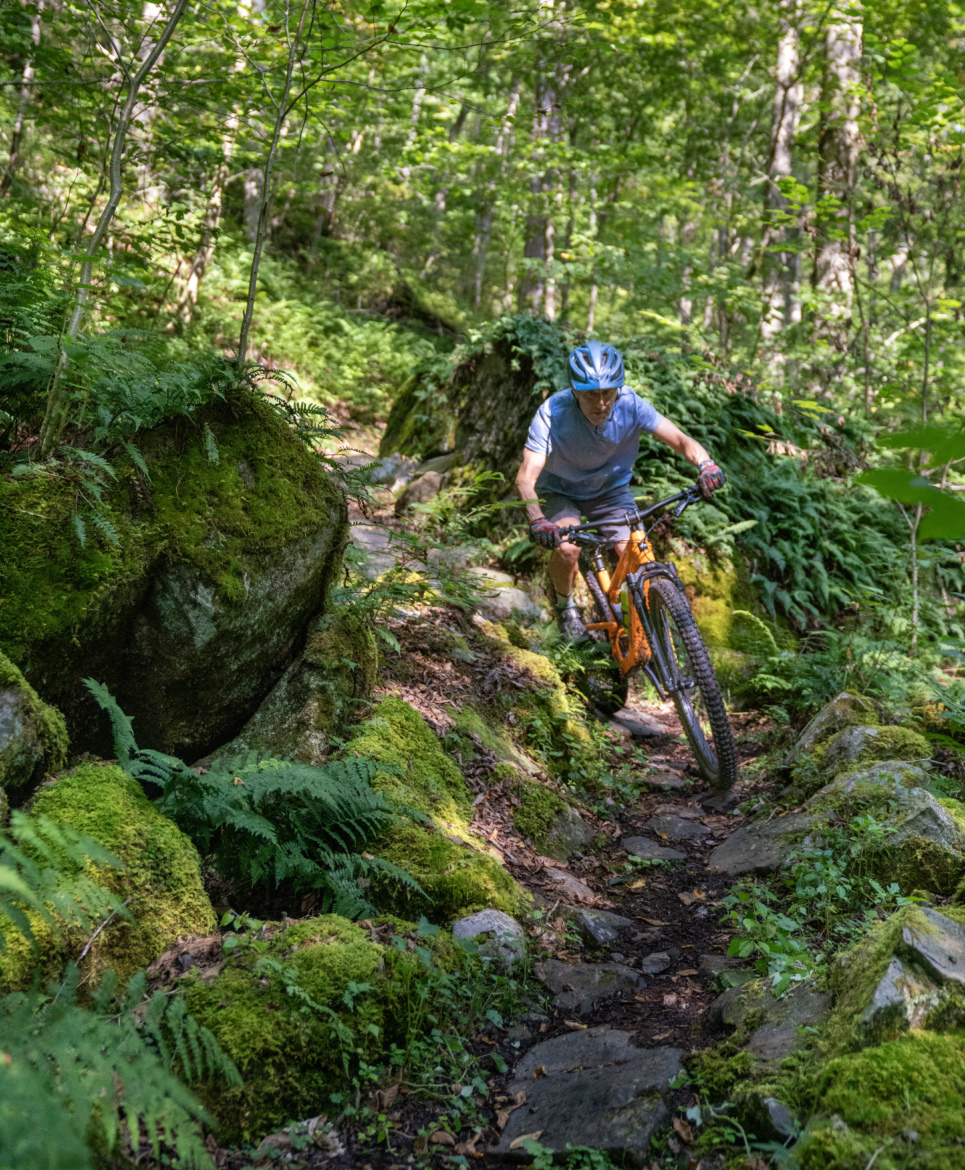
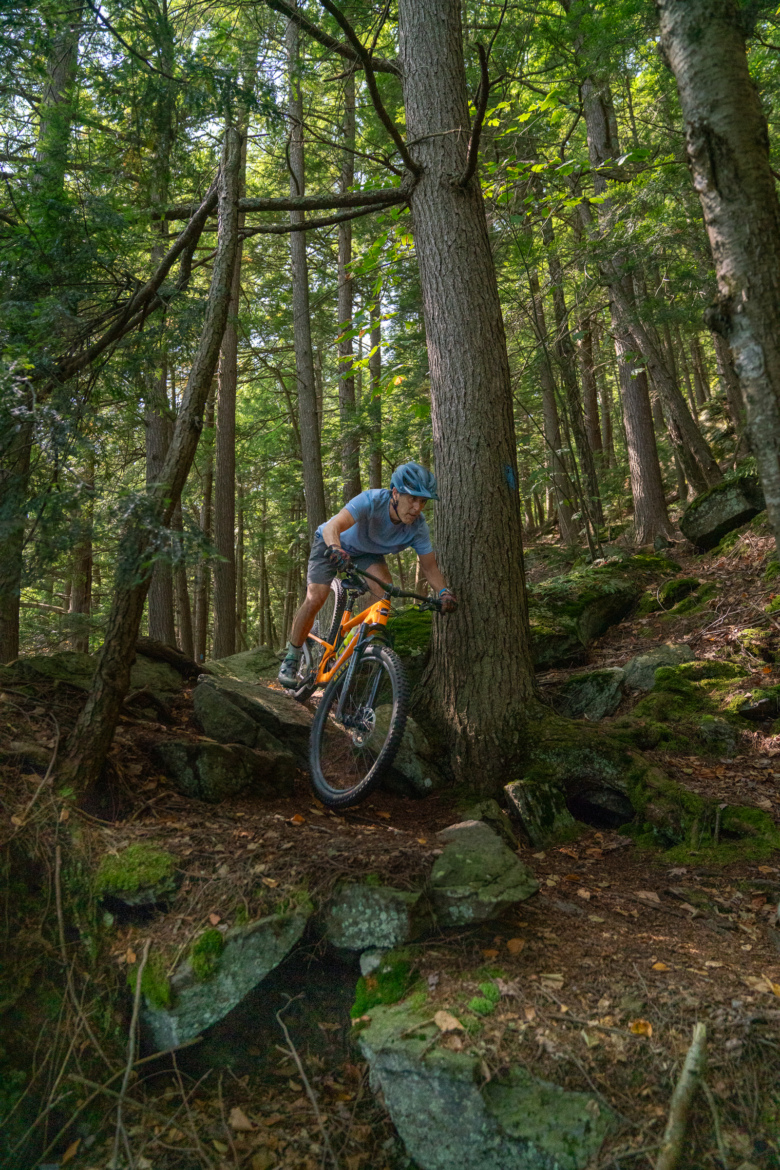
Just how rugged are the trails in the Moosalamoo?
Rugged, technical backcountry trails that are still optimized for MTB? I had to check them out for myself! Jeff and I traveled to the Moosalamoo to combine these two epic loops into one big 25-mile ride with over 3,400 feet of climbing.
One of the best places to begin a ride in the Moosalamoo is at the eponymous campground, located between the two loops. We started by pedaling the brand-new Silver Moose trail to connect south to the Leicester Hollow -> Chandler Ridge loop.
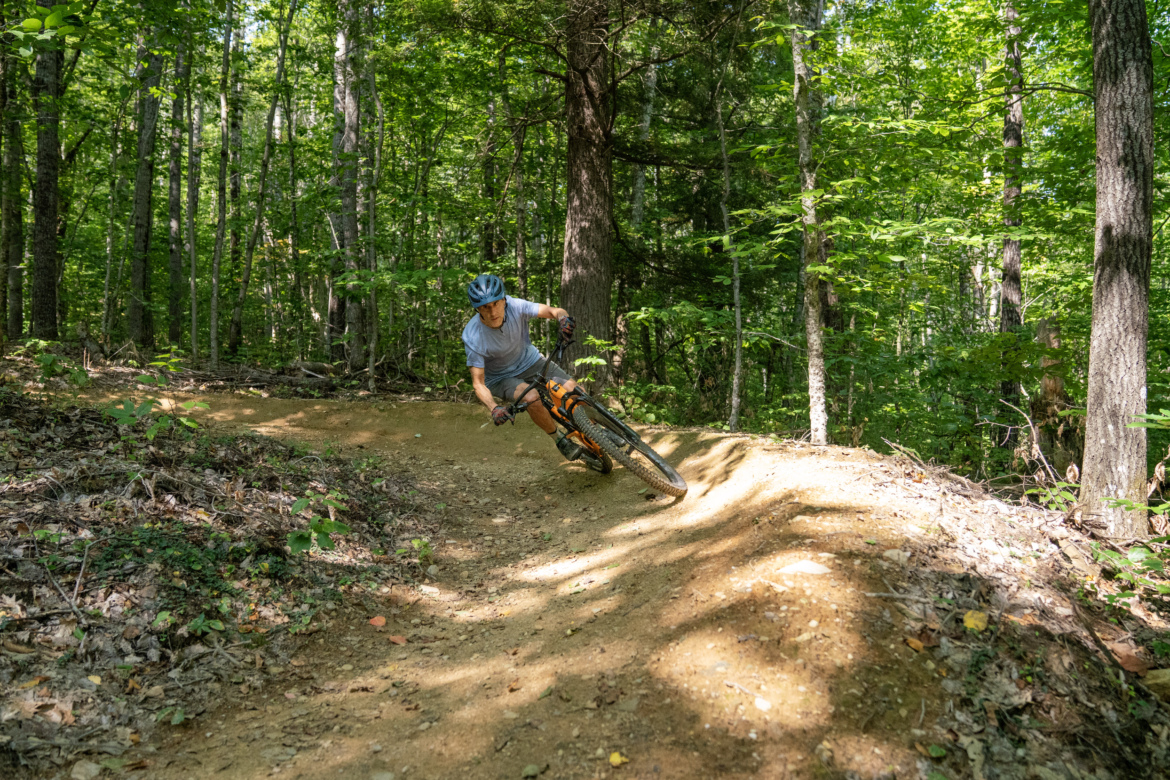
Silver Moose: The newest trail in the Moosalamoo
The ACBC’s most recent project was the construction of a critical trail connection between these two historic loops. Known as “Silver Moose,” construction on the new beginner-rated trail began in 2023, with an official ribbon cutting in May 2025.
The new trail sports a flowy, smooth trail tread rolling through the forest. Where Silver Moose rolls through flat terrain, the local builder, Lepesqueur & Daughters (aka L&D Trailworks), collected dirt locally to build up the trail tread and elevate it above the surrounding terrain. This trail design was critical due to the extremely wet soil, which posed a challenge.
“The area that’s elevated up like that really needs to be. That’s going to be wet even in May, in the spring after snow, even in June,” said Andrew Hirsch, ACBC Board Member. “If we have some serious rain events, that area [will have] some mud. You’ll get your bike muddy if it’s a wet portion of the year, despite that elevated and side drain system that they put in. There’s beaver ponds, there’s springs, it’s just a boggy area.”
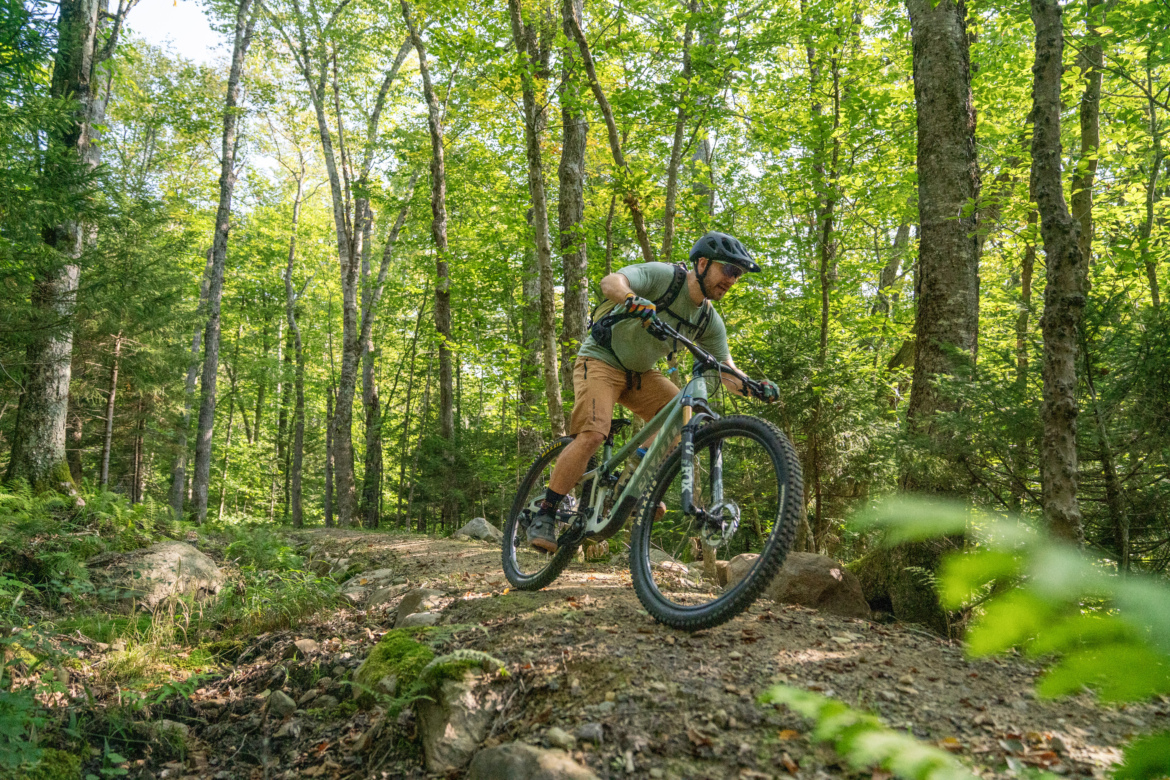
Eventually, the trail reaches steeper terrain and climbs the hillside, transitioning seamlessly into perfectly sculpted berms. On the way out, we climbed one set of berms and descended another, but thanks to the two-way trail, we eventually got to enjoy this delightful flow in both directions. Riding a well-built flow trail in the middle of the wilderness was a surreal experience.
Unfortunately, some sections of the Silver Moose couldn’t be built as dedicated singletrack, due to restrictions from the USFS and private forest inholdings. Despite walking the corridor at least 10 times and proposing many different versions, the current trail connection traverses the Vermont Association of Snow Travelers (VAST) snowmobile trail in several sections. However, this allowed ACBC to utilize an existing snowmobile bridge and improve the trail. In some places, the route is even turning into singletrack, despite coinciding with a wide snowmobile trail.
The most difficult — and expensive — part of the build was constructing a brand-new singletrack bridge across a stream, since it had to be built to Forest Service regulations.
“The Forest Service has a binder on what a bridge needs to look like and the protocols and procedures he’s got to follow,” said Hirsch, speaking of Lepesquer’s bridge construction. ACBC worked with the USFS to identify the best type of bridge to build, and Lepesquer was able to complete the construction as part of his contract.
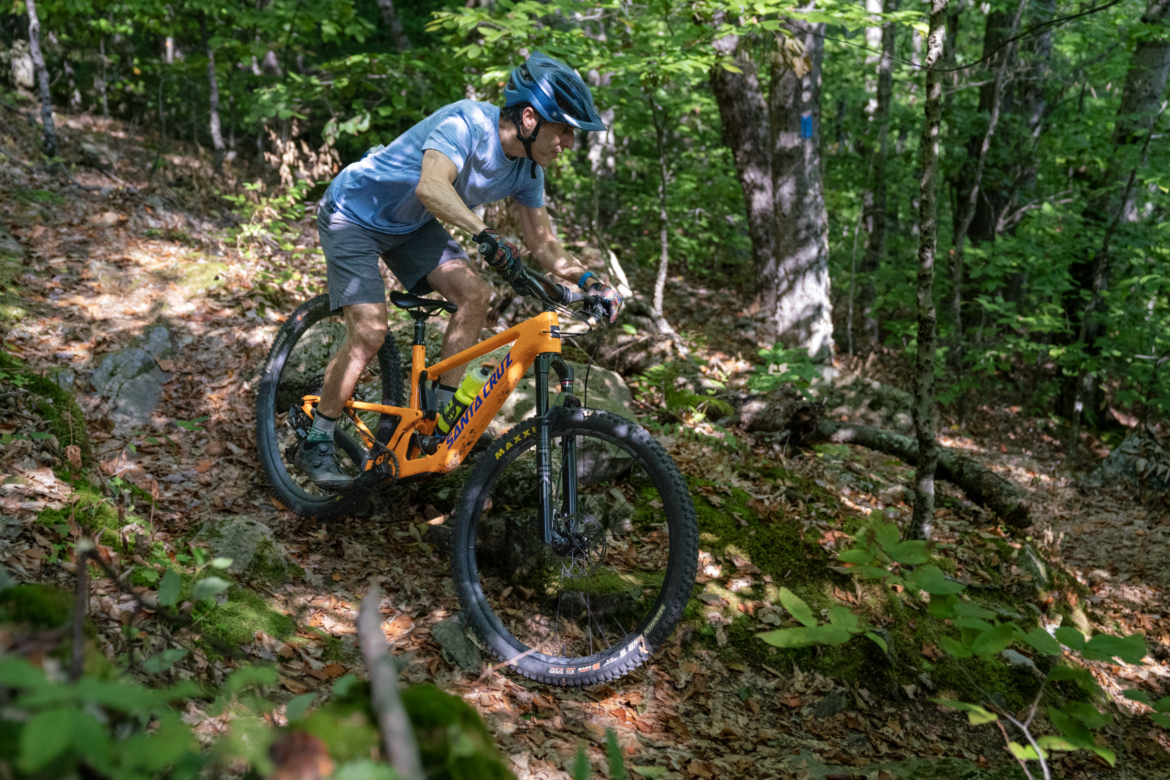
Leicester Hollow and Chandler Ridge: choose your direction
The Leicester Hollow and Chandler Ridge loop can be ridden in either direction, but our local guide, Chris Anderson, prefers to descend the rocky slabs of Leicester to the low point. Leicester runs through a classic Vermont “hollow” filled with verdant ferns, towering trees, and the gurgle of a stream dropping through a boulder field. The trail even traverses a series of boulders and rock slabs. Despite work to make the trail as rideable as possible, the rocks are never-ending. The humidity in the hollow makes for slick riding across the mossy rocks, which is why Anderson prefers to descend the slippery slabs on a long, pedally downhill.
Once it’s time to turn uphill on Chandler, the ecosystem changes immediately: the terrain is dry on the ridge, and the oak trees were already dropping their leaves in mid-September, brown from the stress of an overly dry summer. The climb up the ridge is not for the faint of heart, but without ACBC’s work to reroute Chandler Ridge, it wouldn’t even be rideable. As it currently stands, I found myself grinding in my granny gear, with powerful surges required to burst up the exposed rock slabs and root webs. While I never had to hike-a-bike, at least one or two tricky rocks knocked me off my line, forcing me to reset and try again.
As the trail crests the top of the ridge, the singletrack rolls up and down, with short entertaining rock gardens, before punching back uphill. Finally, all of that work was rewarded with a descent to Silver Lake, albeit a quick one. Undoubtedly, the longest descent on this side of the network is the one we climbed to reach the top of Chandler, making a good argument for going the other way instead. To each their own!
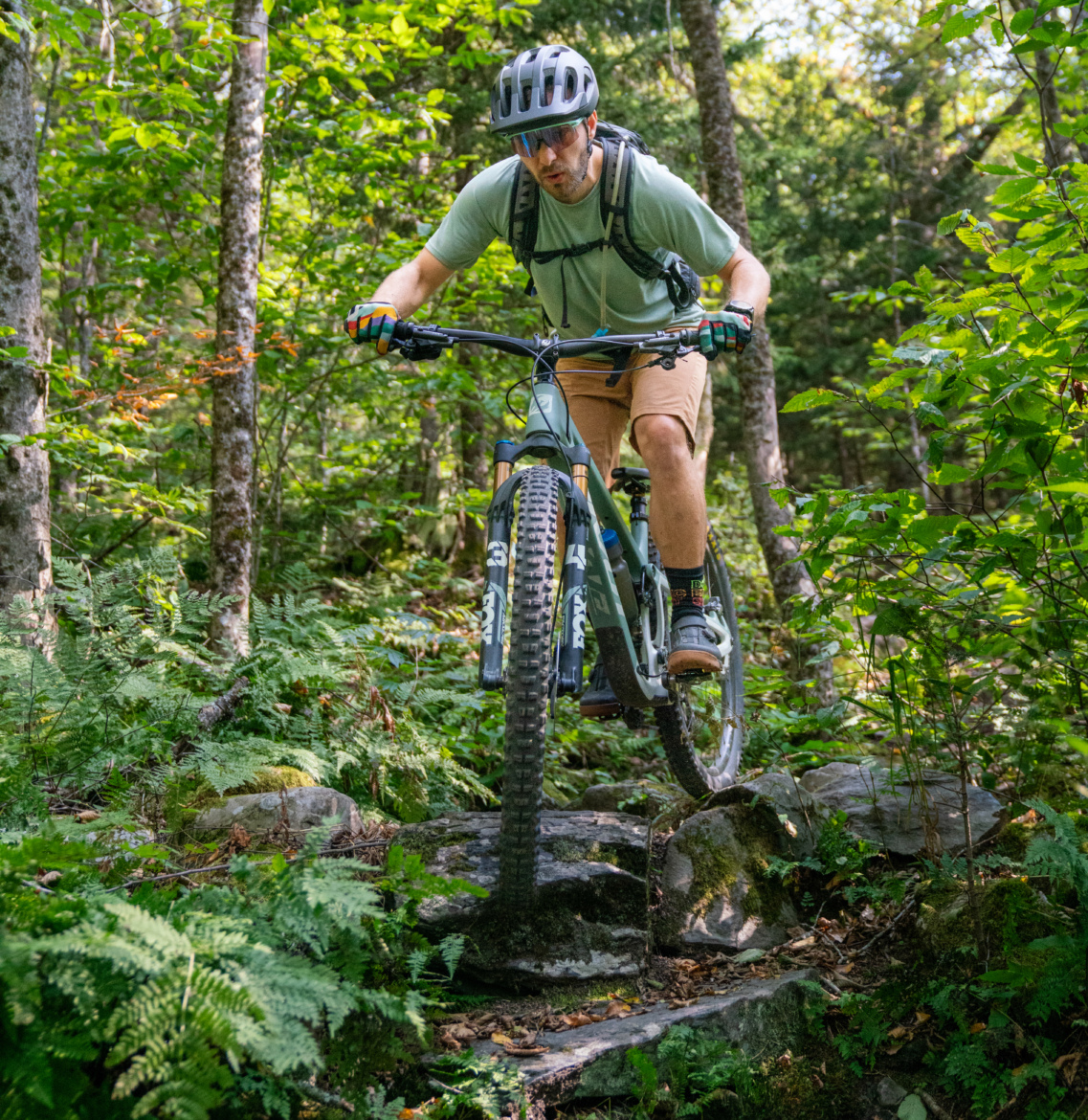
Did you think that was steep? Think again.
After connecting back to the campground on Silver Moose, we pedaled down the road to pick up the Oak Ridge climb to reach the top of the Moosalamoo Mountain Trail. Based on the elevation profile, I had braced myself for a long hike-a-bike up Oak Ridge. However, as I pedaled up the rocky, narrow singletrack, I found that I was able to stay on my bike the entire time, albeit in my granny gear with a 30T chainring. Yet again, ACBC’s trail work was on display: they managed to turn a root-filled fall-line hiking trail that was “almost unrideable for most riders,” according to Board Member Ashar Nelson, into a tough but achievable MTB climb.
Technically, we joined Oak Ridge partway up, accessing it via a gated forest road. This is the preferred route for mountain bikers, as the lower section of Oak Ridge hasn’t been improved. “It’s pretty raw,” said Jon Kidde, ACBC Member-at-Large. “It’s old school, it’s like Vermont mountain biking 1.0.”
After reaching the junction with the Moosalamoo Mountain trail, we decided to push for the summit to find an overlook with a break in the trees. On the final push to the top, we got to experience that Vermont mountain biking 1.0 flavor, with a serious hike-a-bike slog on narrow, steep, and overgrown trail. But we reached the reward: a sign denoting the top of 2,625-foot Moosalamoo Mountain, with a short detour to a little view through the trees.
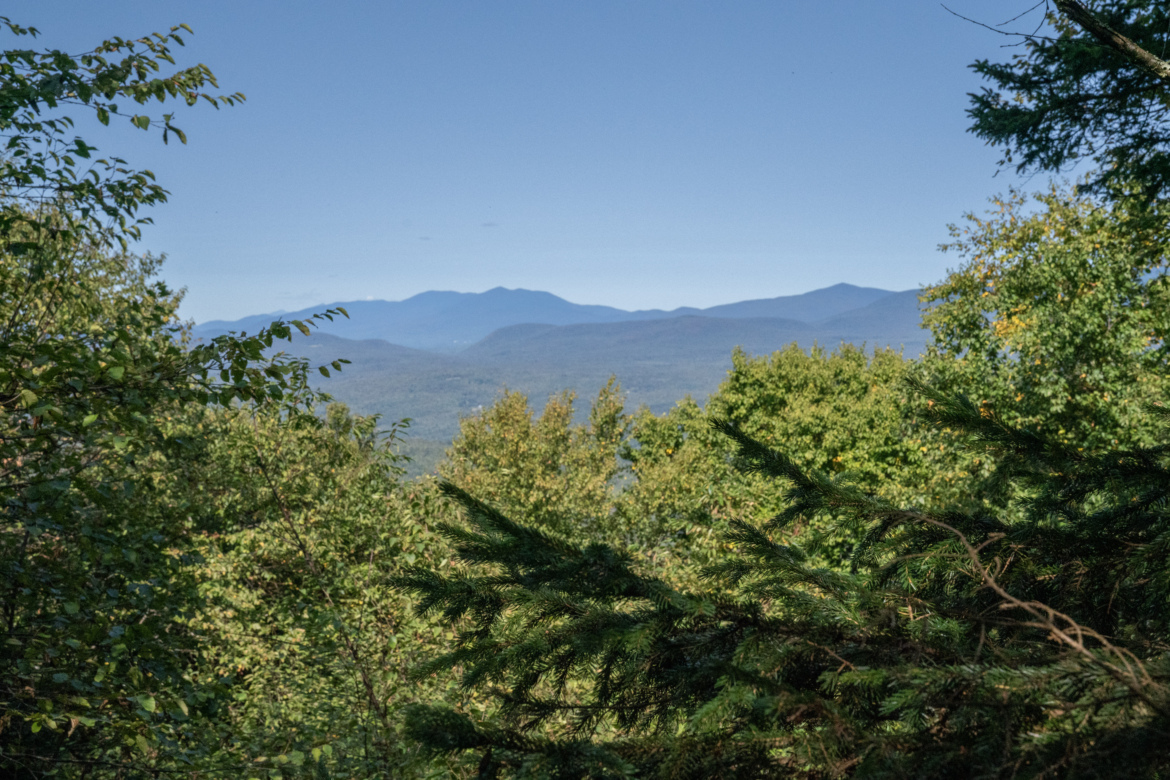
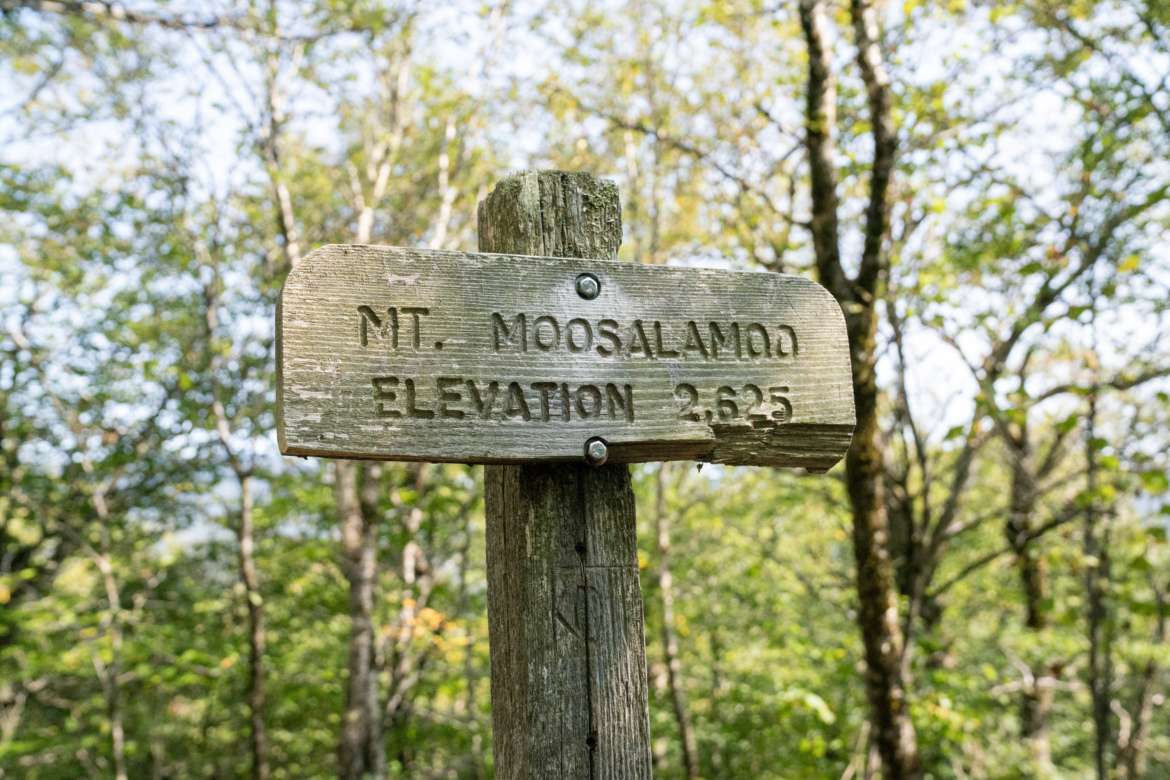
After all that work, it was time to descend! The top of the unimproved trail was raw and technical, but as we dropped into the improved section of Moosalamoo Mountain, the singletrack opened up, providing a fast rip down the mountainside. As we soaked up the downhill reward, we noticed a few corners that felt like they had a small amount of berm to hold us in.
Overall, the trail felt like a natural backcountry singletrack, despite providing a consistent swoop and flow throughout. This was intentional, and in fact, Nelson had to hold ACBC’s contracted trail builder back from turning Moosalamoo into just another flow trail.
“The trail builder was always thinking, ‘Okay, let’s make this flow. Let’s just make this super easy,'” said Hirsch. “Asher was putting the brakes and talking about, ‘Let’s keep it true to its nature, because that’s what makes that riding fun.’ It’s keeping some of the roots and the rocks and some of the technical aspects there.”
Nelson and the ACBC really nailed the character of Moosalamoo Mountain, as evidenced by the grins plastered on our faces as we popped out of the bottom of the trail, right back at our vehicles. What a fantastic way to finish a big ride in the Vermont backcountry!
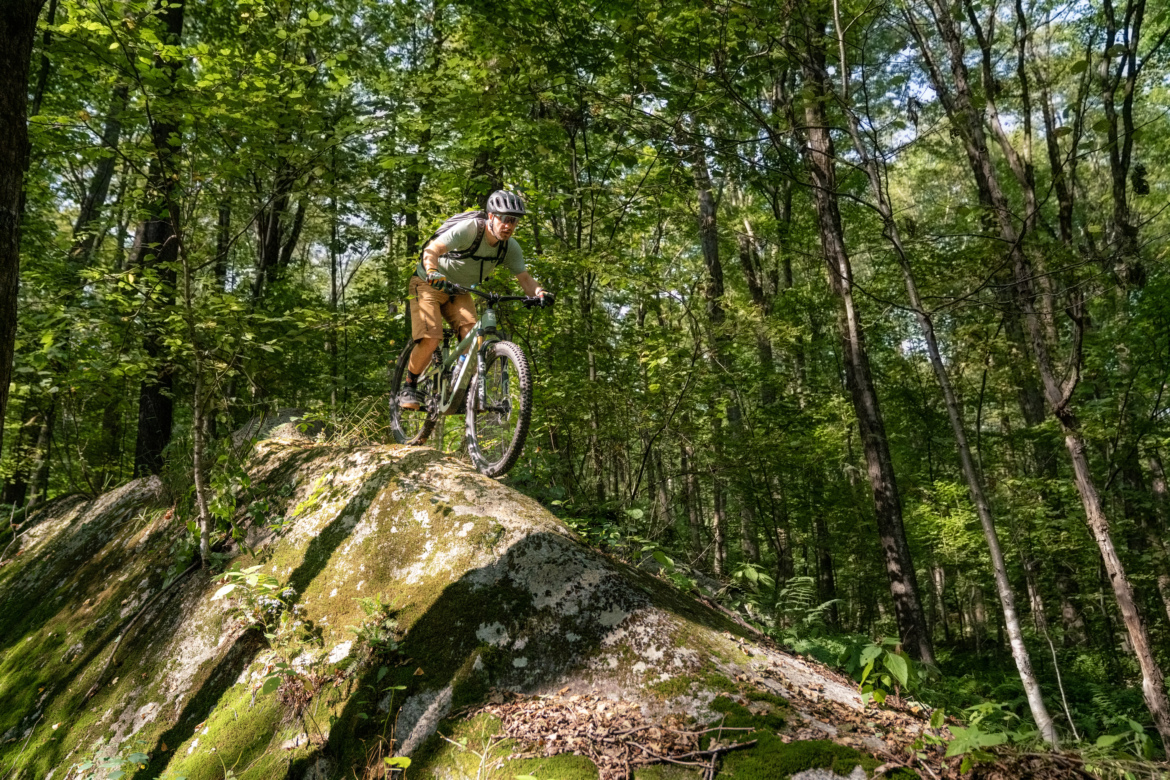
$800,000 has been invested in the Moosalamoo (so far)
The Silver Moose construction alone was funded by a $300,000 Cost Share Partnership Agreement Grant from the USFS — the largest single grant that the Vermont Mountain Bike Association (VMBA) has ever processed. But that’s just part of the money that’s been invested in the Moosalamoo. Board members from the ACBC estimate that they’ve invested over $800,000 in the region over the past 15+ years, primarily raised through federal grants.
That kind of investment shows in the trail quality, and it’s what’s allowed ACBC to transform gnarly hiking trails into challenging but rideable backcountry singletrack. And through ACBC’s work with the USFS over more than 15 years, they’ve built trust with their local ranger and, as a result, are now getting the green light to build projects they’ve been requesting for years.
“Just recently, within the last six months, the ranger’s been, like, ‘Yeah, I think we could actually do that,'” said Nelson. “I mean, I’ve asked him every year for eight years, ‘Can we do this?’ And now it’s like, ‘Yeah, I think we can do this.'”
One of the biggest plans in the works is completing a route known as the “Grand Tour Trail,” inspired by the Tour de Merle ride organized by a longtime local mountain biker. Currently, all of the trails we rode were on the Moosalamoo Mountain side of the forest service road that bisects the National Recreation Area, but with this planned development, ACBC will begin building singletrack on the opposite side of the road as well. That means even bigger backcountry loop options are coming to Vermont!





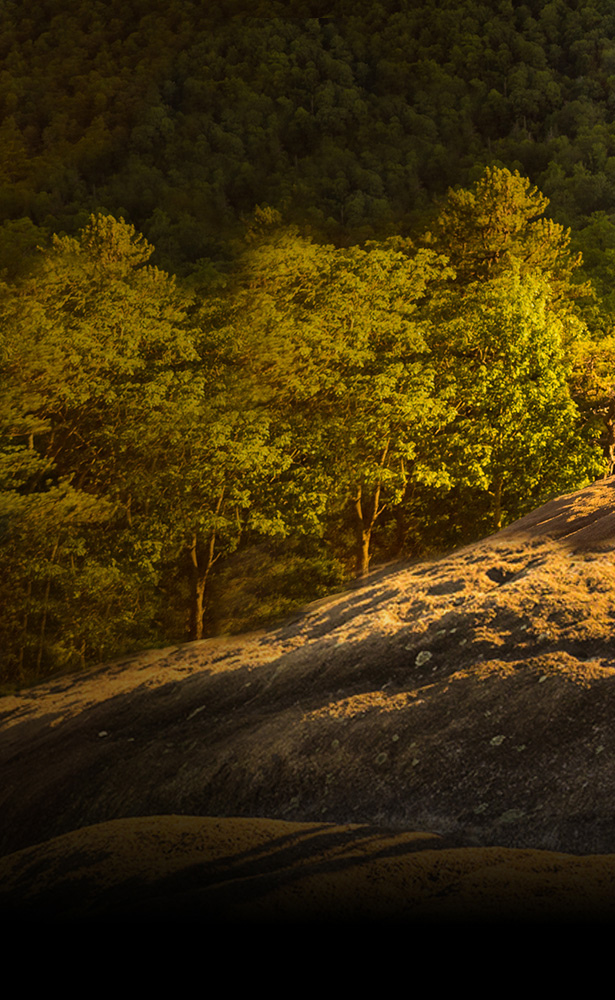
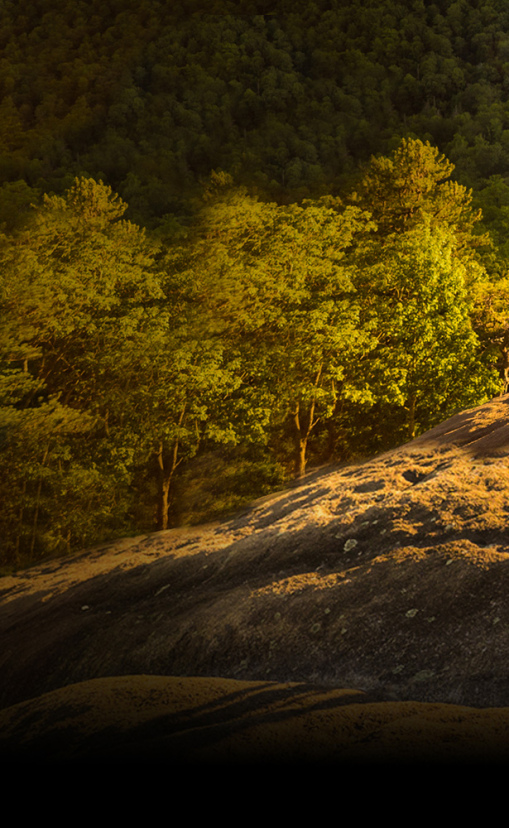
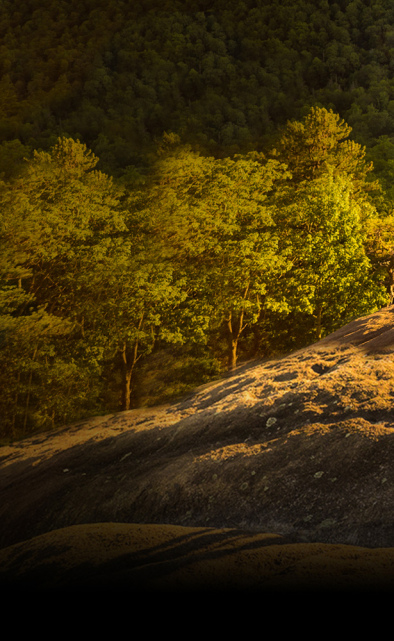
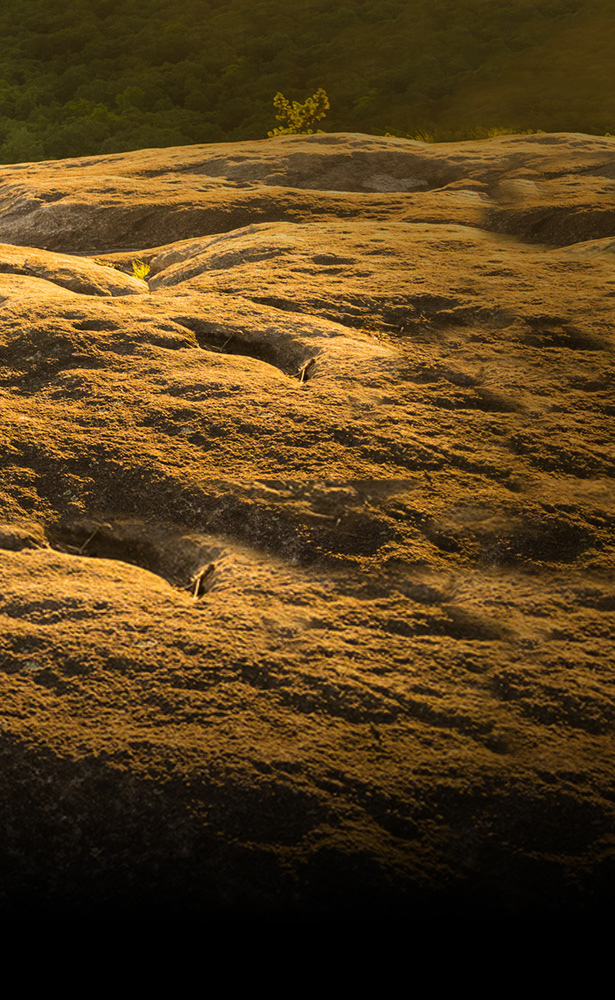
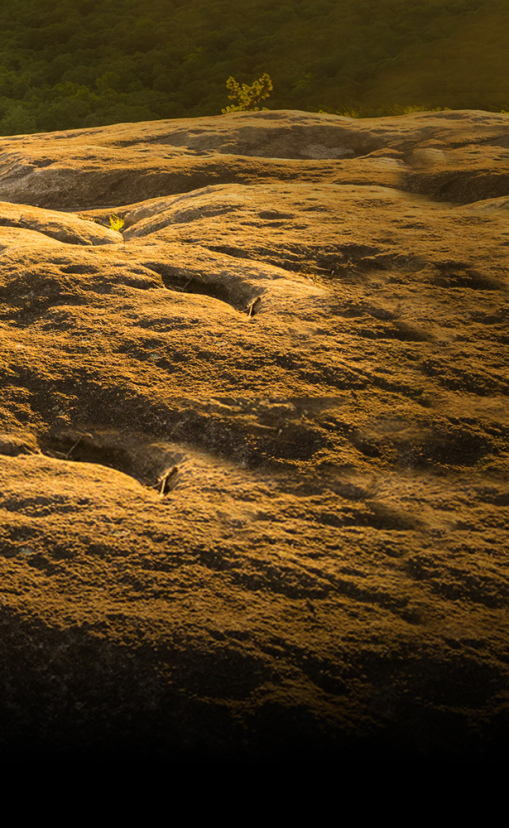
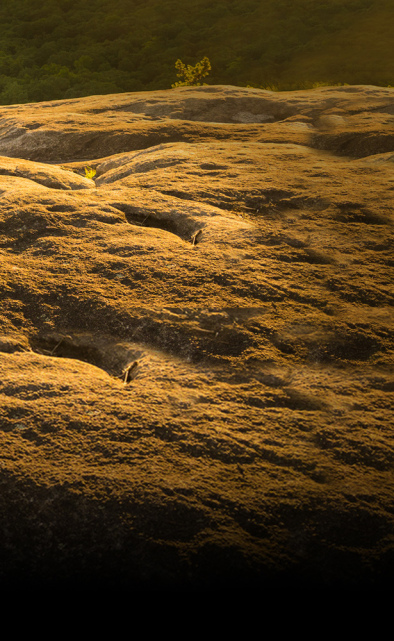


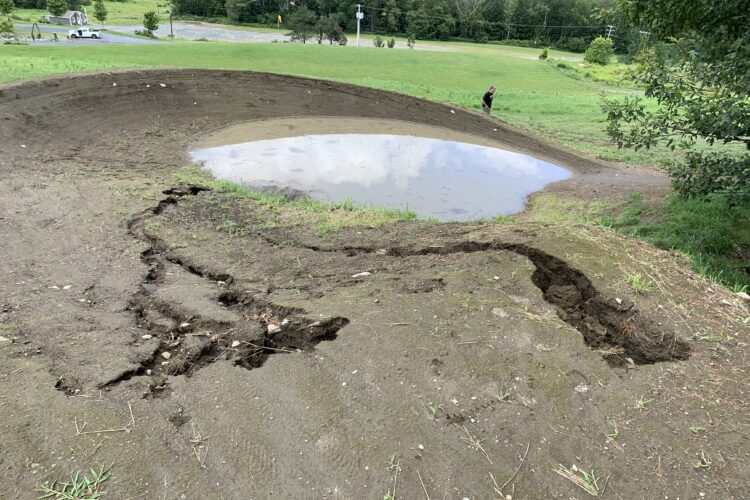

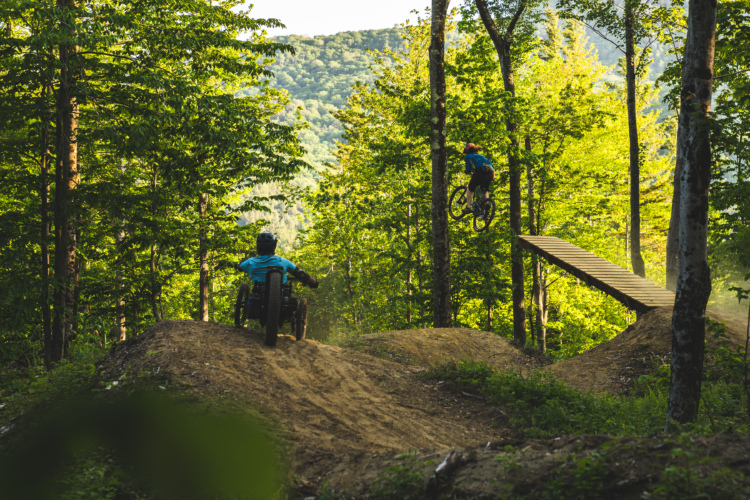

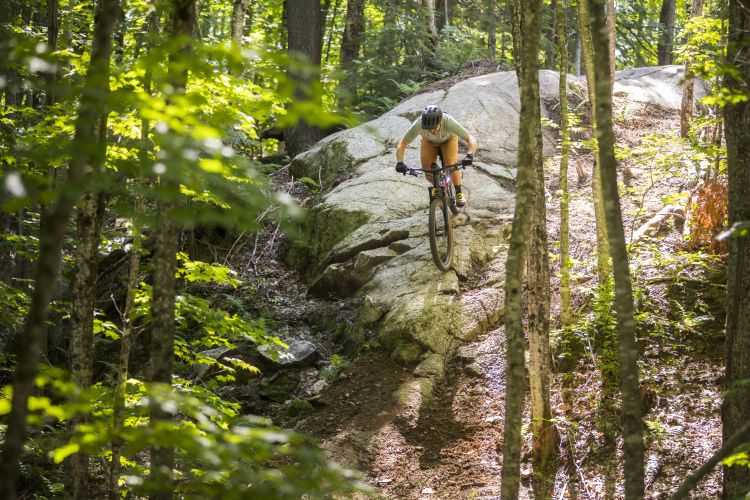



4 Comments
Oct 3, 2025
Oct 3, 2025
Oct 7, 2025
Oct 6, 2025
And yeah, I did get stung once on Leicester 😆